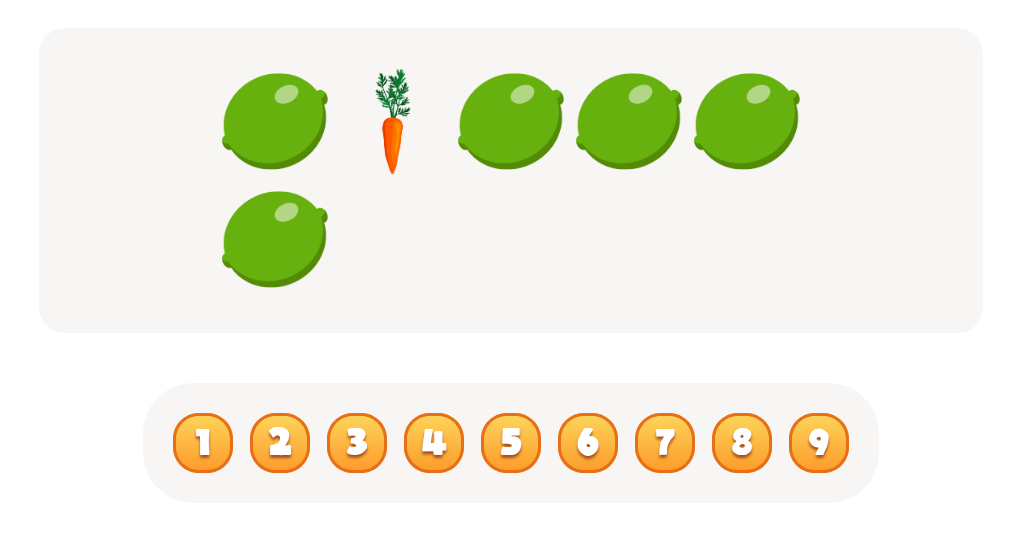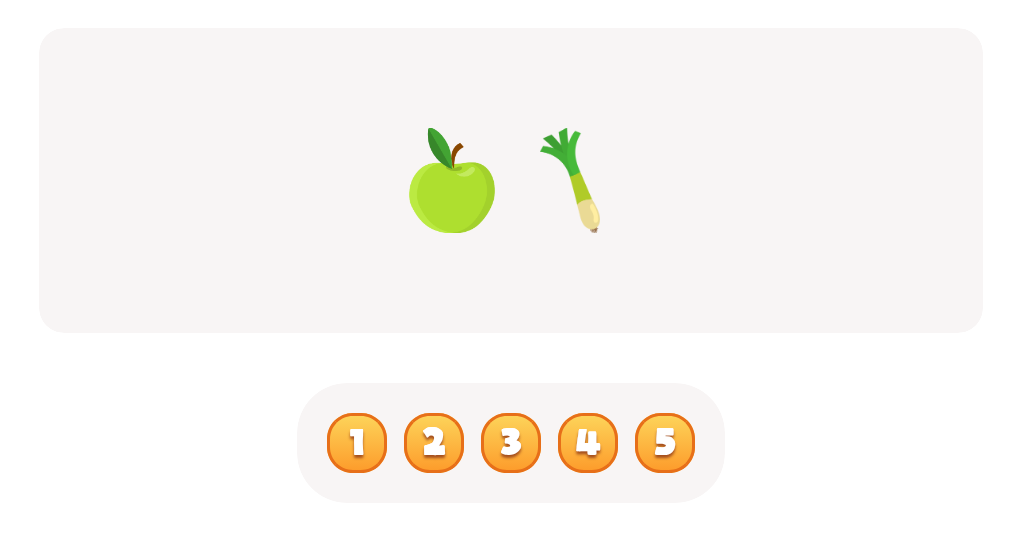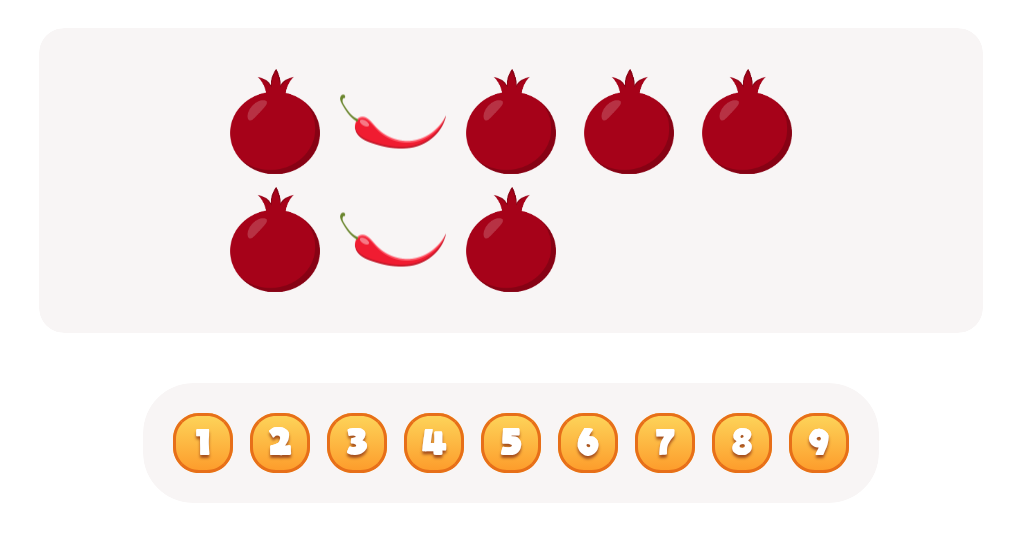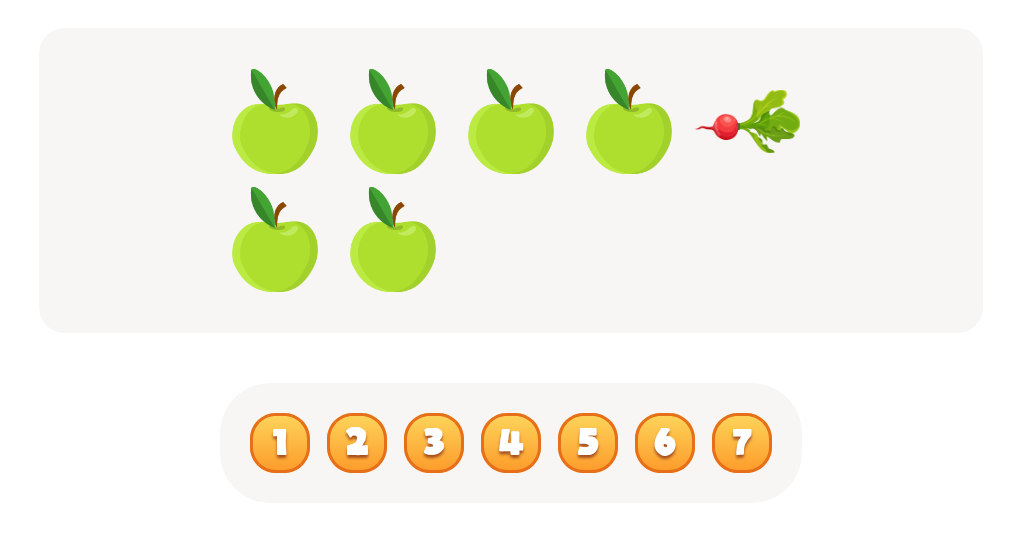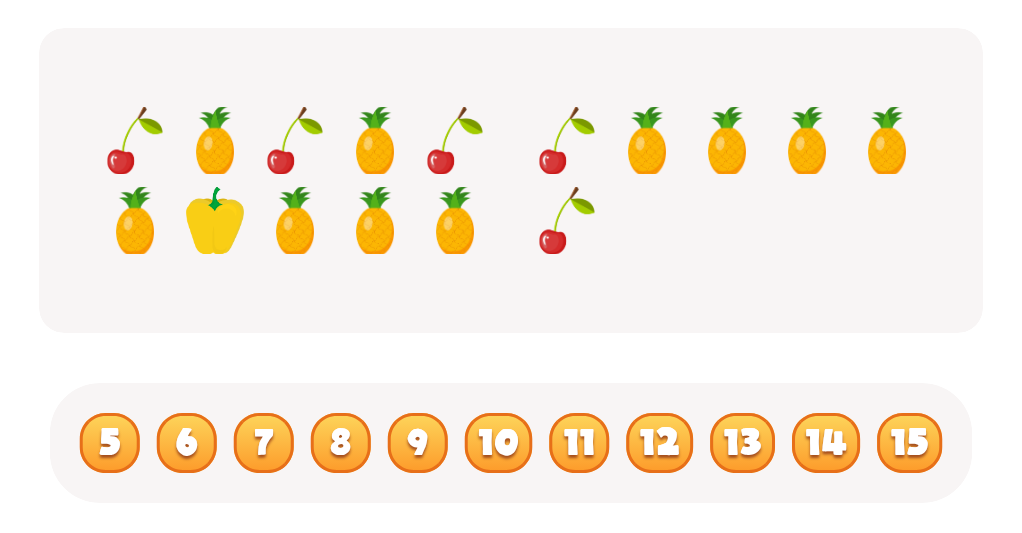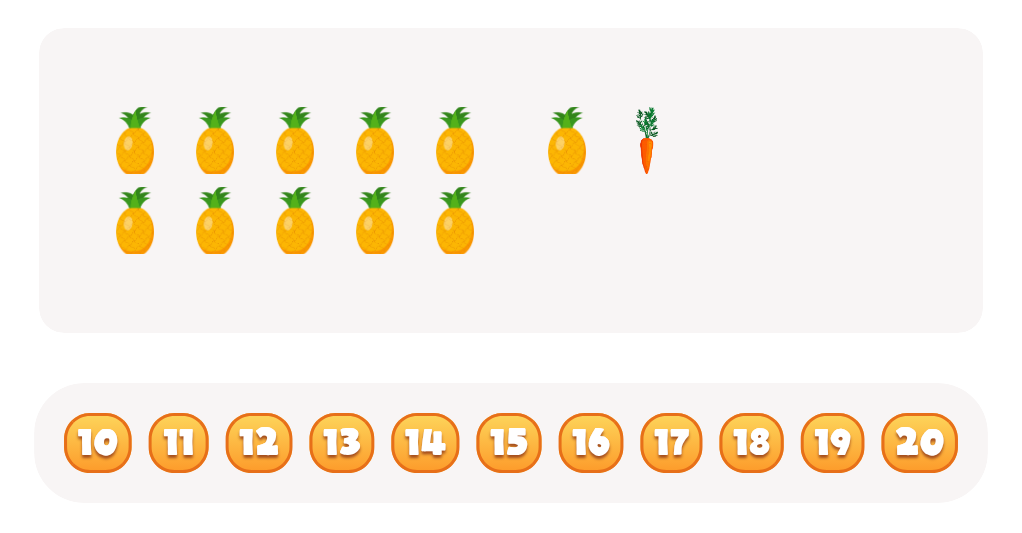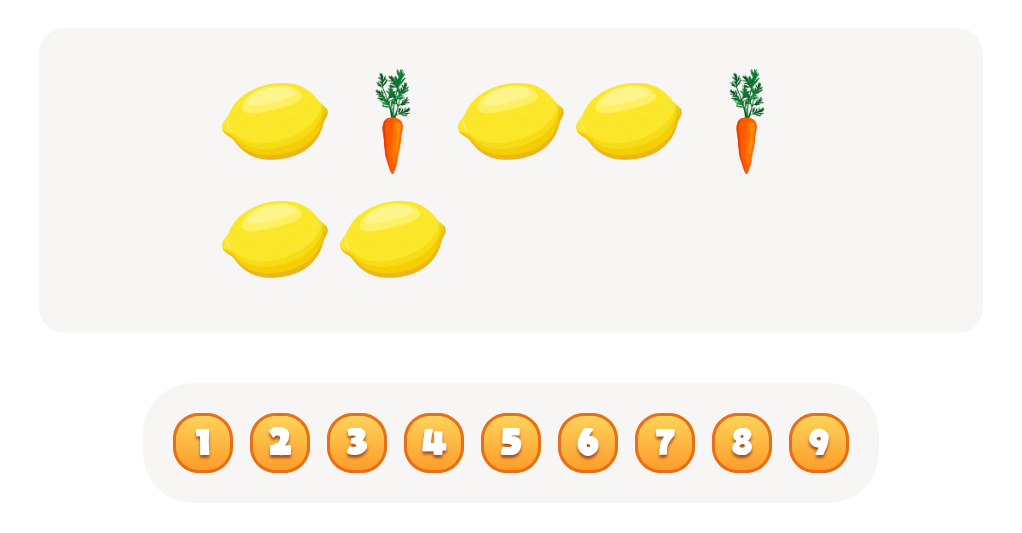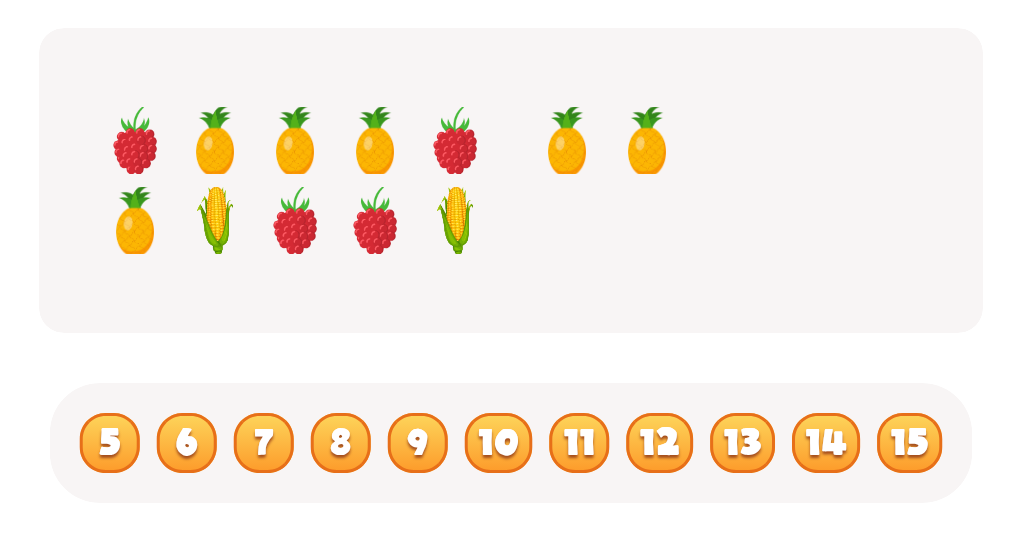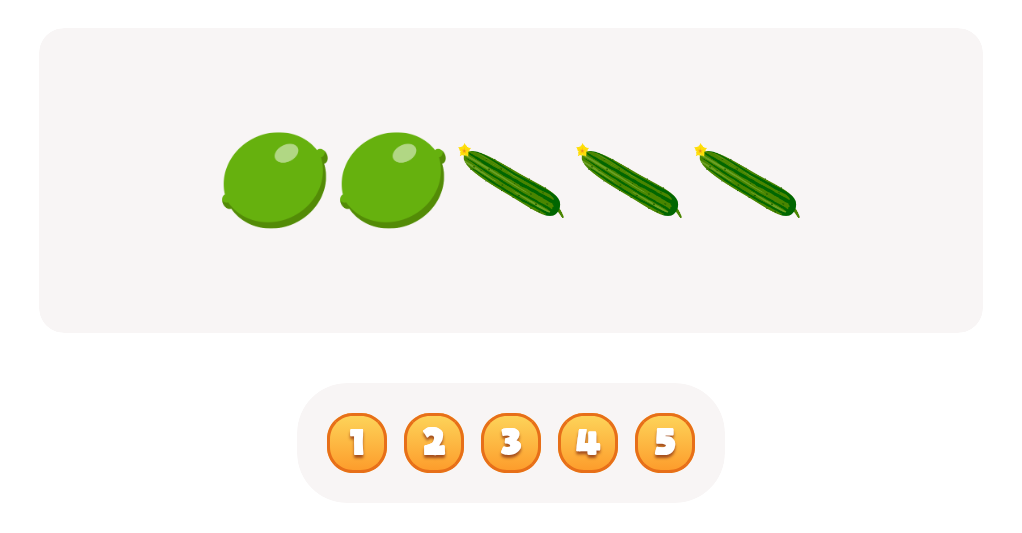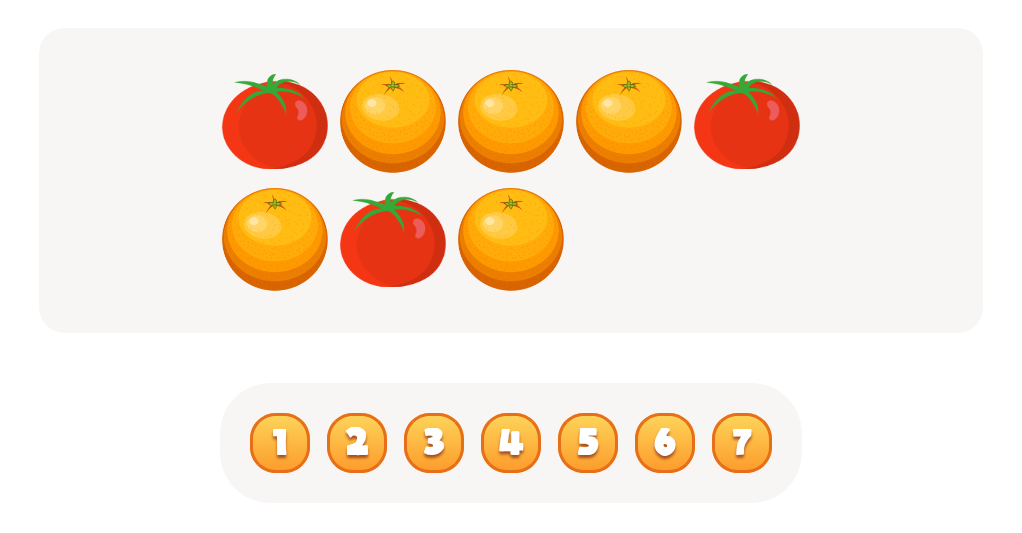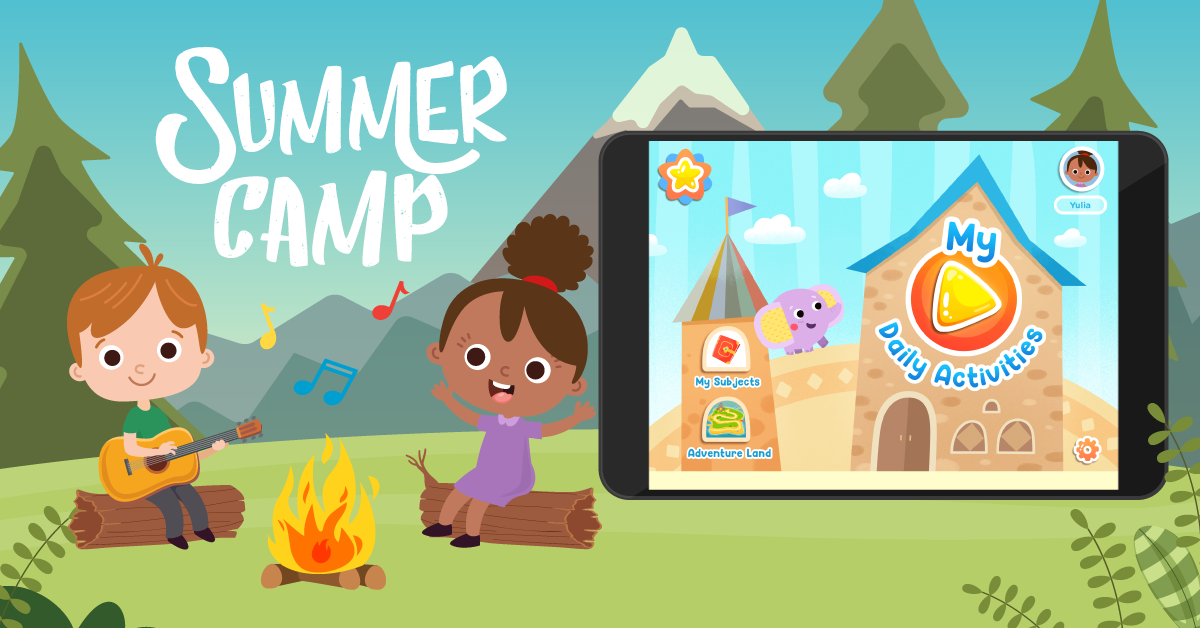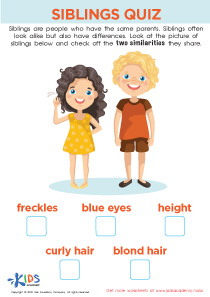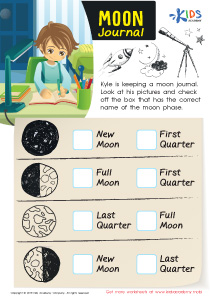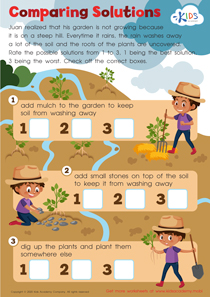Basic Addition Plants and Animals Worksheets for Ages 7-8
3 filtered results
-
From - To
Discover our engaging "Basic Addition Plants and Animals Worksheets" designed specifically for ages 7-8! These worksheets combine fundamental math skills with exciting science topics about plants and animals. Children will practice basic addition while exploring colorful visuals and fun facts about the natural world, making learning both entertaining and educational. Perfect for classroom or at-home use, our worksheets foster a love for math and science, ensuring a solid foundation for future academic success. Boost your child's confidence and watch them excel with our expertly crafted resources! Visit Kids Academy now to download and start learning today!
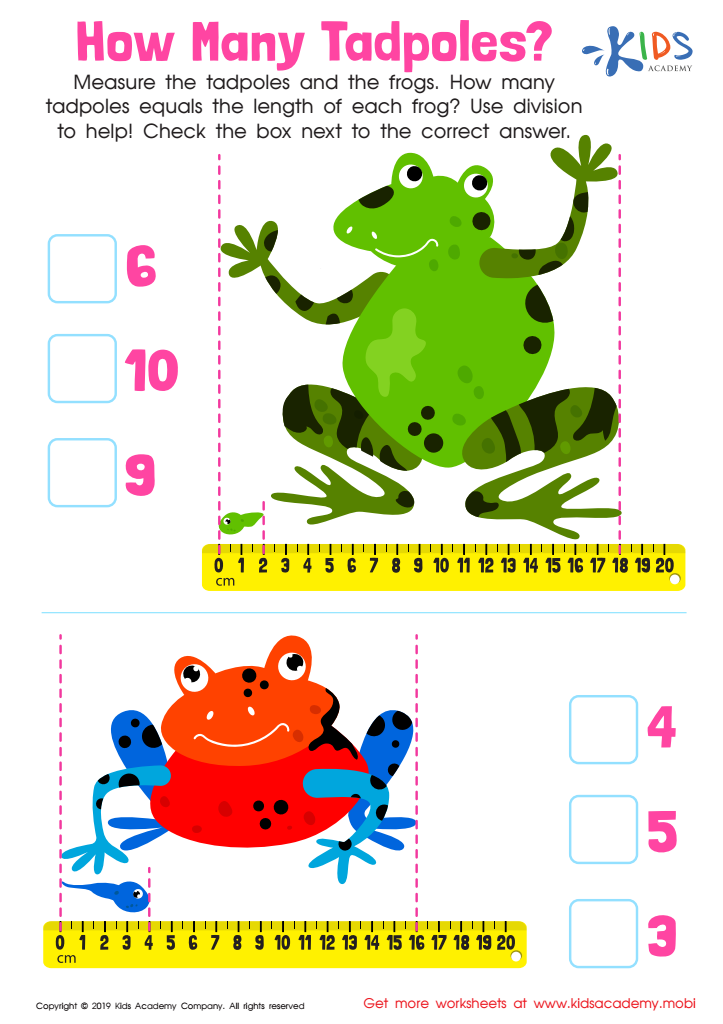

How Many Tadpoles Worksheet
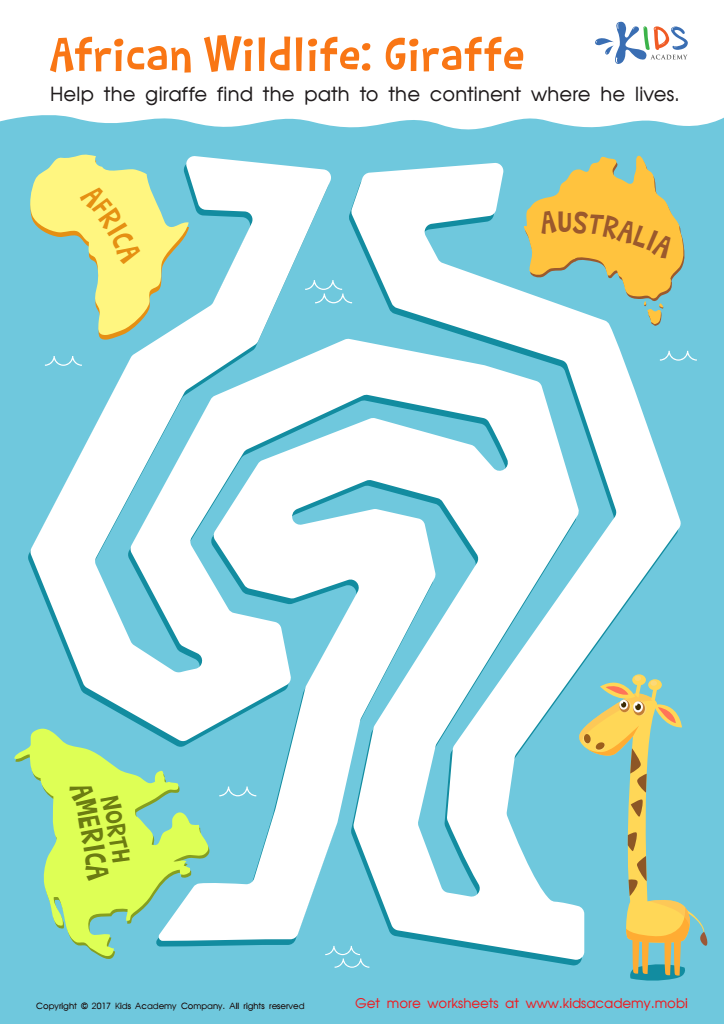

African Wildlife: Giraffe Worksheet
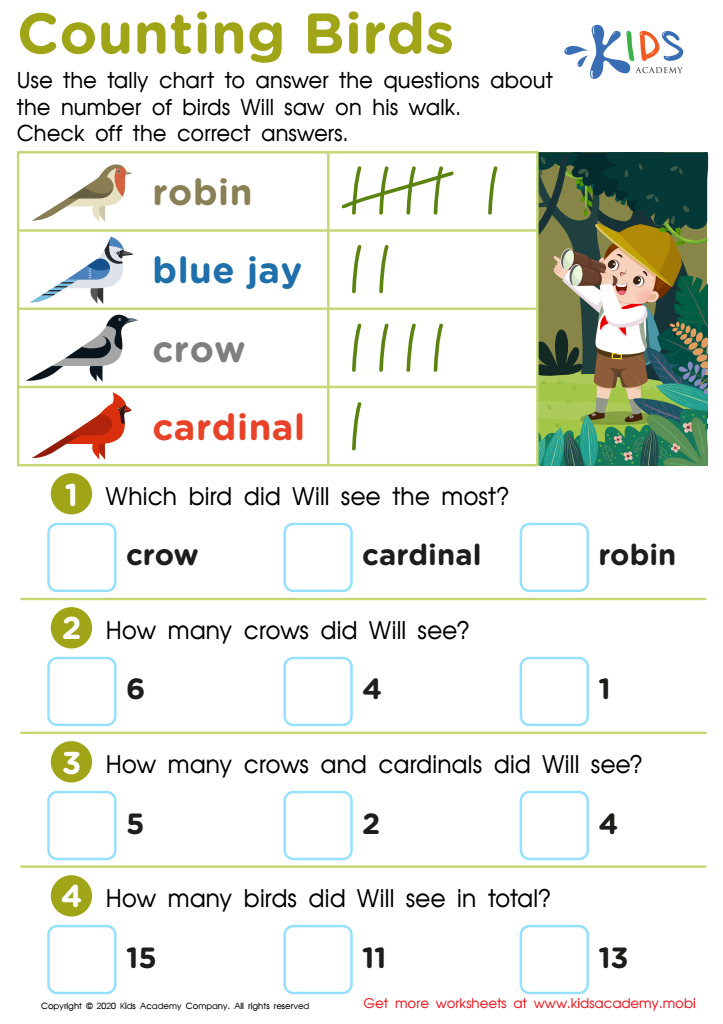

Counting Birds Worksheet
Parents and teachers should prioritize teaching basic addition, and covering topics on plants and animals, for ages 7-8 because these foundations are crucial for cognitive and academic development. At this stage, children are rapidly developing their understanding of numbers, patterns, and the natural world, which form the bedrock for future learning.
Basic addition skills enhance mental math abilities, improve problem-solving strategies, and increase numerical literacy critical for more advanced math concepts. By mastering basic addition, children build confidence and competence in their ability to tackle mathematical tasks, setting a strong foundation for subjects like multiplication and division.
Similarly, learning about plants and animals fosters curiosity and scientific thinking. Understanding basic biology and ecology encourages children to explore, ask questions, and think critically about the world around them. This knowledge promotes environmental stewardship and awareness, helping children appreciate biodiversity and ecosystems' importance.
Integrating these subjects can be engaging and rewarding. Activities like counting petals on flowers or legs on insects combine math and biology, making learning interactive and enjoyable. Together, these educational components help cultivate well-rounded individuals who are analytical, curious, and environmentally conscious. Investing in these areas during early education paves the way for academic success and personal growth.

 Assign to My Students
Assign to My Students
